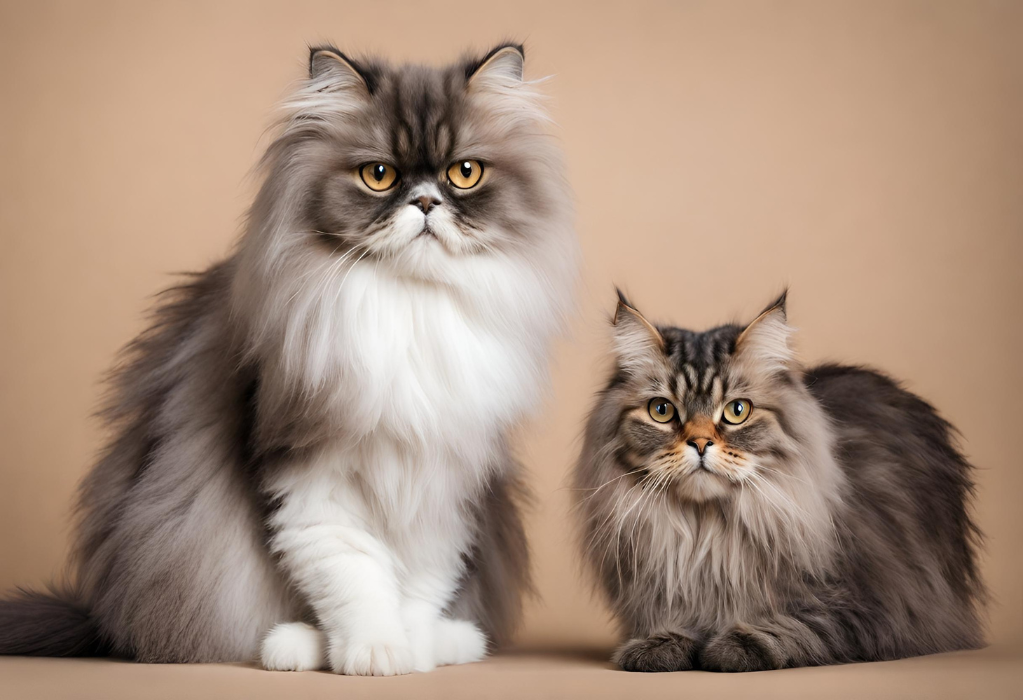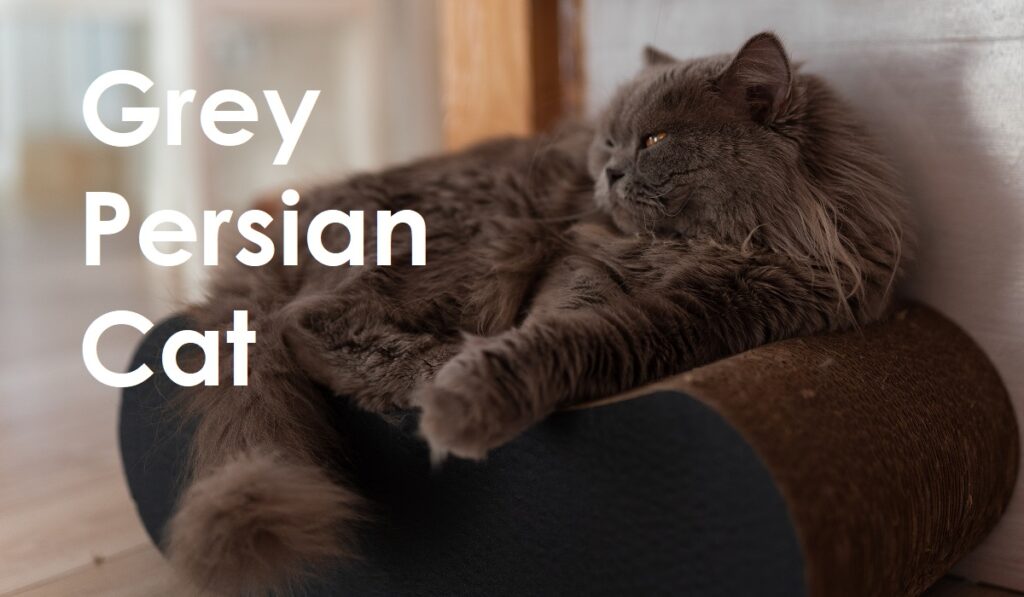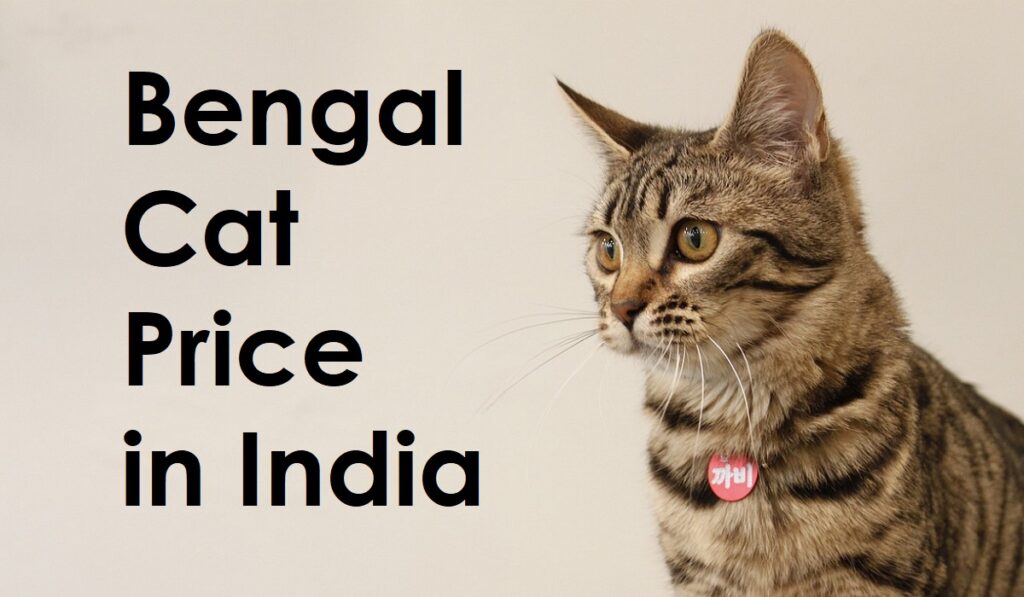If you’re in search of the perfect feline companion, you may find yourself torn between the enchanting Persian and the captivating Siberian cat. Beyond their luxurious coats, these breeds possess distinct qualities that set them apart.
In this comprehensive comparison Persian Cat vs Siberian Cat, we will look into their histories, appearances, personalities, health considerations, and grooming needs to help you make an informed choice that aligns with your preferences and lifestyle.
| Feature | Persian Cat | Siberian Cat |
|---|---|---|
| Origin | Persia (present-day Iran) | Siberia, Russia |
| Appearance | Long, silky fur; flat face; round eyes; stocky build | Medium-length, thick, fluffy fur; triangular face; almond-shaped eyes; athletic build |
| Coat Colors | Solid, bi-color, tabby, pointed, shaded, calico, smoke | Solid, tabby, pointed, ticked tabby, smoke, shaded, bi-color |
| Temperament | Calm, docile, affectionate, laid-back | Playful, energetic, intelligent, loyal, social |
| Activity Level | Low | Moderate |
| Grooming Needs | Daily brushing | Weekly brushing |
| Shedding | Moderate to heavy | Moderate |
| Hypoallergenic | No | No (but produces less Fel d 1 protein than some other breeds) |
| Health Concerns | Respiratory problems, eye problems, dental problems, PKD | Hypertrophic cardiomyopathy (HCM) |
| Life Expectancy | 12-17 years | 12-15 years |
| Price | High | Moderate to high |
| Best Suited For | Calm households, families with older children, seniors | Active households, families with children, cat lovers who enjoy a playful companion |
History:
The Persian cat boasts an ancient lineage, originating in Persia, now Iran, celebrated for its exotic allure. Traders introduced this regal breed to Europe in the 17th century, captivating the hearts of royalty and aristocrats. Over time, British and American breeders sculpted the Persian’s iconic flat-faced visage, solidifying its place in feline history.
On the other hand, the Siberian cat’s roots trace back to the unforgiving Russian wilderness. Evolving to withstand harsh climates, this natural breed has coexisted with humans for centuries, dating back to at least the 13th century. Renowned for its hunting prowess and resilience, the Siberian cat made its debut in the Western world in the late 20th century, earning recognition from major cat associations.
Appearance:

Distinguishing between Persian and Siberian cats is a breeze due to their contrasting appearances. The Persian cat boasts a medium-sized body with a stocky build, round head, large eyes, and a short nose. Its pièce de résistance is the long, silky coat, coming in a plethora of colours and patterns but necessitating daily grooming to ward off mats and tangles.
Conversely, the Siberian cat presents a robust, muscular frame with a triangular head, medium-sized ears, and almond-shaped eyes. Its crowning glory is a dense, water-repellent coat comprised of three layers—undercoat, middle coat, and outer coat. This breed dons an array of colours and patterns, shedding heavily twice a year and requiring regular brushing to manage excess fur.
Personality:
While both breeds exude charm, their personalities cater to diverse lifestyles. The Persian cat embodies tranquillity and prefers a serene atmosphere. It’s affectionate and loyal to its owners but tends to be reserved around strangers. Lounging and pampering are its forte, prioritizing relaxation overplay. Its vocals are soft and infrequent.
In contrast, when comparing the Persian Cat vs Siberian Cat, the Siberian cat is a bundle of energy and playfulness, thriving on interaction and stimulation. Friendly and outgoing, it readily engages with humans, other felines, and even dogs. Games, toy chasing, and climbing are its passions. Highly intelligent, the Siberian cat learns tricks and commands with ease and communicates vocally with a robust voice.
Health:
Both breeds are generally healthy, yet potential owners should be mindful of inherited health issues. Persian cats may face challenges due to their flat faces, including breathing difficulties, eye infections, dental problems, and tear staining. Additionally, polycystic kidney disease (PKD) poses a risk, leading to kidney complications.
The Siberian cat is relatively resilient, but it can be susceptible to hypertrophic cardiomyopathy (HCM), a heart condition causing muscle thickening. Hip dysplasia, a joint disorder, may also be a concern, leading to discomfort and mobility issues.
Grooming:

Grooming regimens vary according to coat type. Persian cats require daily brushing to untangle mats, remove dirt, and maintain their lengthy locks. Frequent baths preserve the sheen of their coat. Eye cleaning, ear maintenance, nail trimming, and dental care are essential.
On the other hand, Siberian cats demand weekly brushing during shedding seasons to control dead hair. Their natural water-repellent coat mitigates the need for frequent baths, but they still necessitate ear cleaning, nail trimming, and dental care.
Conclusion:
The Persian Cat vs Siberian cats are magnificent breeds, each with unique attributes to offer. Understanding their histories, appearances, personalities, health considerations, and grooming requirements empowers you to choose the ideal feline companion that aligns perfectly with your lifestyle and preferences. Whether you’re drawn to the grace of the Persian or the vivacity of the Siberian, both breeds promise companionship, beauty, and devotion in their distinctive ways.







